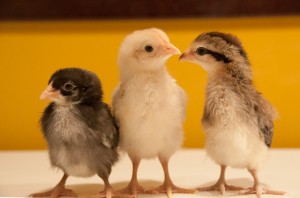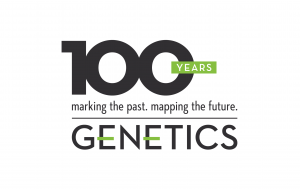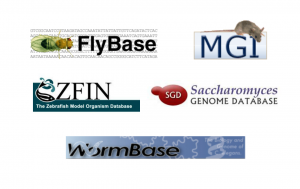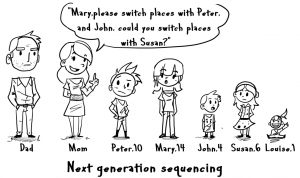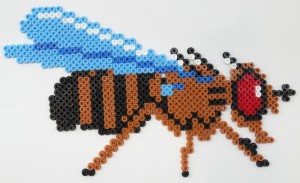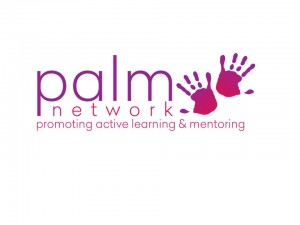Enter your address to receive notifications about new posts to your email.
Featured
-
Featured
No, seriously – you need an Individual Development Plan
GSA member Krista Dobi, new faculty and former Trainee Advisory Representative to the GSA Board of Directors, tells Genes to Genomes about the importance of an Individual Development Plan (IDP). January: a time to consider resolutions for the upcoming calendar year. Since it’s the midpoint of the academic year, it’s also a great time to assess…
-
Featured
Anxious chickens as a model for human behavior
Chickens that “chicken out” in unfamiliar surroundings may shed light on anxiety in humans, according to research published in the January 2016 issue of the journal GENETICS. Domestic chickens are much less anxious than their wild cousins, the red junglefowl. The new research identifies genes that contribute to this behavioral variation and reveals that several…
-
Featured
Calvin Bridges: Bringing genes down to earth
When sharp-eyed 20-year-old Calvin Bridges entered Columbia University in 1909, the word “gene” had just been coined. At that time, the term was profoundly abstract, referring to “factors” or “conditions” that could be glimpsed only through the window of statistical analysis. Seven years later, Bridges and his colleagues had brought these mysterious factors firmly down…
-
Featured
GENETICS turns 100: marking the past, mapping the future
In 1916, in the very first issue of GENETICS, Calvin Bridges published his proof that genes are carried on chromosomes. One hundred years later, genetics is again at the brink of a major transformation, as efficient genome engineering becomes a reality. During this century of incredible advances, GENETICS, published by the Genetics Society of…
-
Featured
An uncertain future for biological databases
An article in the most recent issue of Science highlights a growing concern about the continued support of the biological databases on which our community depends. Indeed, 2015 GSA President Jasper Rine was quoted as saying these resources are “critical for our daily life as geneticists and biomedical researchers.” Many of the model organism databases (MODs) used…
-
Featured
Count ’em
When I was a little kid and my mom asked me what I wanted to be when I grew up, I would tell her: “I want to be President ––– of the Genetics Society of America”….uh….maybe not. But electoral success came my way anyway. Think of the perks: the fancy house, the private plane, the…
-
Featured
Best of 2015 on G2G: Community Voices
Catch up on 2015’s most popular Community Voices posts! Inherit the Wand: The Genetics of Wizardry in Harry Potter Read about how Eric Spana combines his genetic outreach work with Harry Potter nerdiness. Also, learn how to explain the existence of squibs, given a dominant wizarding gene. Worm CRISPR Workshop at the International C. elegans Meeting Technical tips and progress…
-
Featured
Best of 2015 on G2G: Education
Catch up on 2015’s most popular Education posts! Undergrads power genomics research With 1014 authors, an article by Leung et al. in the May issue of G3 has the largest author list of any paper published in the journal. More than 900 of those authors were undergraduate students when they performed the research. Introducing undergrads to…
-
Featured
Best of 2015 on G2G: Policy & Advocacy
Catch up on 2015’s most popular Policy & Advocacy posts! How labor reform might overhaul postdoc pay A proposed rule from the U.S. Department of Labor could soon mandate that postdocs making less than $50,440 per year will be eligible for overtime pay at 1.5 times their hourly rate. Research labs are generally not prepared…
-
Featured
Best of 2015 on G2G: Science & Publishing
Catch up on 2015’s most popular Science & Publishing posts! Undergrads power genomics research With 1014 authors, an article by Leung et al. in the May issue of G3 has the largest author list of any paper published in the journal. More than 900 of those authors were undergraduate students when they performed the research. Human…
-
Featured
Mentoring to promote biology education reform
Many of us have been there: you’ve attended seminars and workshops focused on transforming the way you teach, and you can’t wait to use what you’ve learned. However, examining the evidence behind evidence-based teaching and actually using the evidence-based teaching methods are very different beasts. If you aren’t quite sure how to incorporate active learning…



